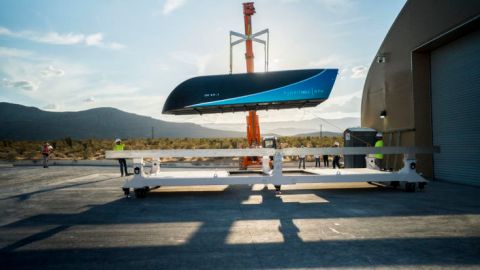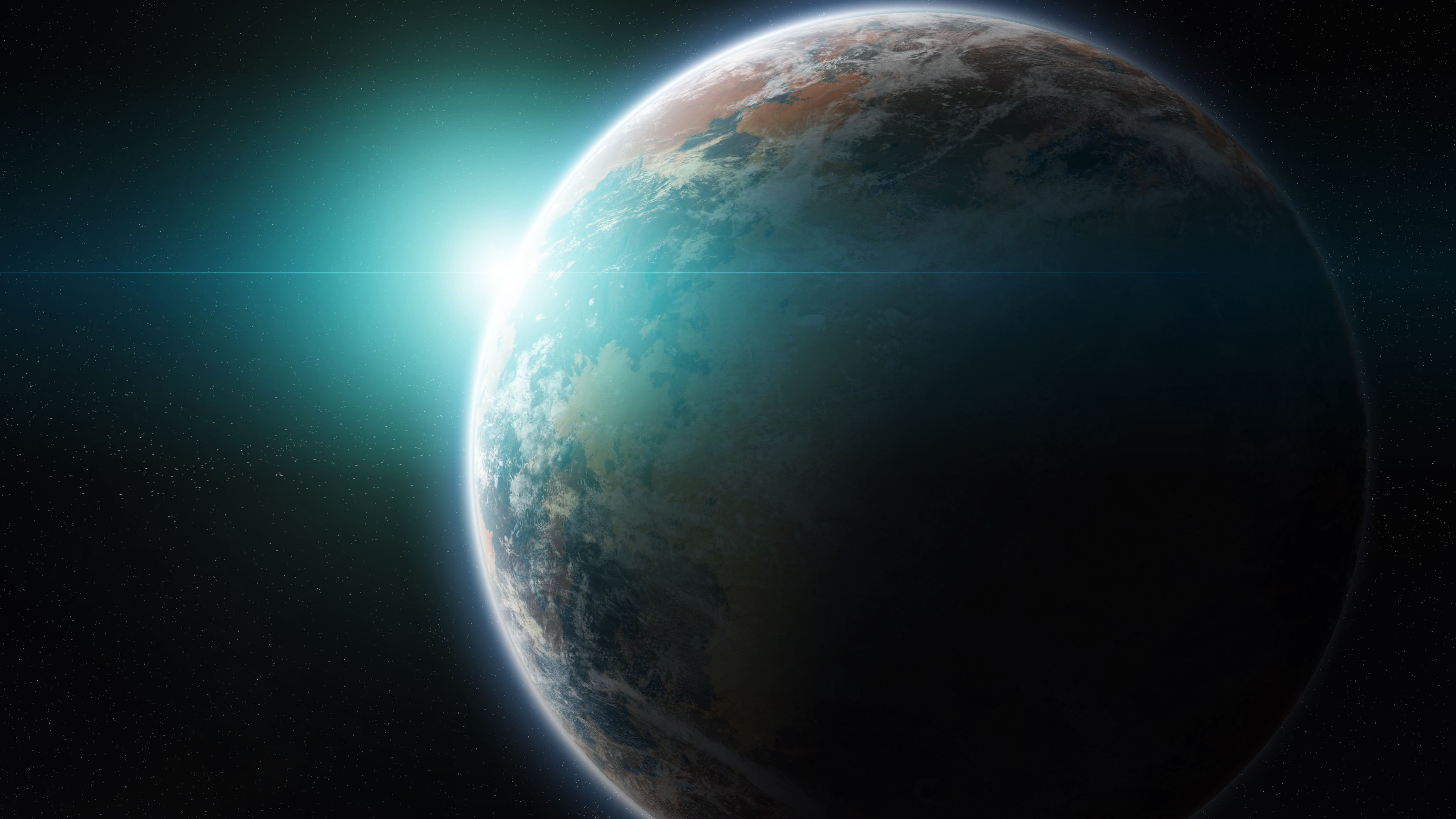Hyperloops Closer to Reality After Successful Test

Elon Musk’s vision of super-fast hyperloops transforming our travel is closer and closer to reality. Hyperloop One, a company unaffiliated with Musk that’s set up to create hyperloops, achieved a major feat on July 29th at a Nevada test site, reaching speeds of up 192 mph (310 km/h).
The XP-1 hyperloop pod designed by the company ran nearly the full length of the 500 meter full-scale track, beating all previous Hyperloop speed records.The test included an acceleration phase, with gradual braking.
Check out the hyperloop run here:
Hyperloop One says everything went smoothly during the test. It was conducted in conditions like those in Earth’s atmosphere 200,000 feet above sea level, where there’s very little friction or resistance due to rarified air.
The current test shows the great advancement in hyperloop development. In May, Hyperloop One ran its first ever test of the full-scale Nevada track, going only 315 feet at 69 mph, accelerating only for 30 meters. The power of the new test is also much more significant – the pod is now driven by 3,151 horsepower versus 891 for the first run.
The goal for Hyperloop One is to achieve speeds of up to 250 mph in controlled testing in Nevada. The pod will reach higher speeds of up to 500 mph on a long-distance track, like the planned route from Abu Dhabi to Dubai – making a 100 mile trip in about 12 minutes.
Elon Musk first introduced the idea of the hyperloops in 2013. He and his SpaceX team published a paper, outlining the design and the technology involved in the concept. Musk released the proposal to the community, hoping to spark a new industry. He said that he would not build a hyperloop himself, offering it as a gift to the world. Now, he has announced plans for which he apparently received government approval, that he will, in fact, build a hyperloop from New York to Washington D.C. and not only that – it will involve his own hyperloop technology. It remains to be seen how this will affect the three other startups in the field, including Hyperloop One.
If you want to learn more about how hyperloop transportation will work, check out this video from Hyperloop One:





